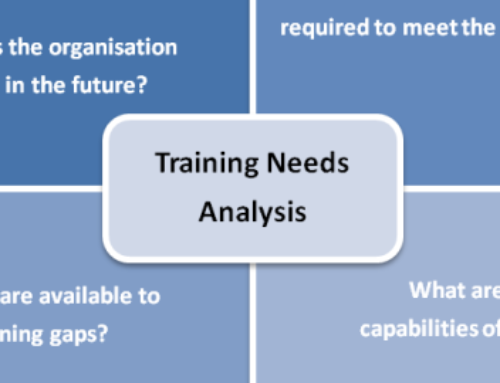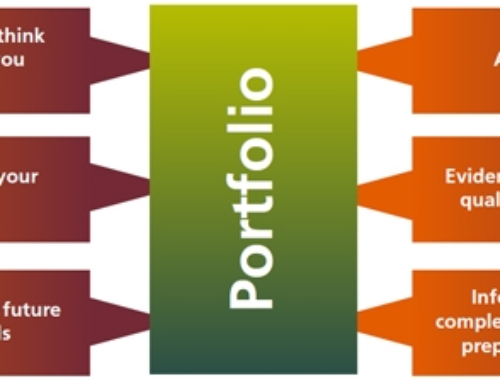12 Most Engaging Presenter Behaviors…0n How to Keep Your Audience Awake
Do you want to engage your audience. First, many people in your audience are tired—probably at least a third of them just don’t get enough sleep. They’re sitting there hoping they won’t embarrass themselves by nodding off. Part of your job is to help them stay awake, to actually pay attention and consider what you are saying. Next time you practice a presentation, note how many of the following strategies you actually use. Then add a couple more. You don’t want your audience to look like this.
- Start by telling your audience what they will take away from your talk. What are three things worth paying attention to and remembering? One of my talks starts with: “When you leave after two hour workshop, you will know how to (1) organize a talk and save hours of time; (2) use my professionally designed slides to categorize information on your slides and keep your audience engaged; and (3) feel more confident and excited about giving a presentation.
- Speak less than the time allotted. When you begin, say, “I know I have 30 minutes. I will only talk for 15, and then let’s discuss what I’ve said.” Your audience will think to themselves, “OK, I can listen for 15 minutes.” Plus, they will be happy not to have to listen as long as they expected.
- Use silence effectively. When you are playing catch and you throw the ball to someone, you find yourself waiting—will the other player catch it, and how? You don’t throw ball after ball without looking to see if the person caught one of them. When you make a statement, it’s like playing ball—you have to wait in silence to see how people receive it. Don’t keep throwing more and more words without giving your audience the chance to catch each sentence.
- Pause periodically. Silence not only gives your audience a chance to digest your information—it also gives them permission to participate. When you pause, you non-verbally tell your audience that they can interrupt you. Your pause makes people feel comfortable—that you are encouraging them to jump in and speak. If you talk nonstop, you will never engage your audience.
- Emphasize key words. If you speak in the same voice tone throughout the entire presentation, no one knows what is really important. Make it obvious to your audience what they really need to pay attention to.
- Use numbers, and emphasize them. A person can pay attention better when you say, “There are three strategies to solve this situation. Number 1 is… Number 2 is… Number 3 is…” Every time you say a number, it reengages your audience’s attention and helps their brains to listen.
- Remind your audience of the benefits of what you just told them. I frequently say something like, “By using these professionally designed slides you will feel more confident when speaking, and you’ll be able to make eye contact with your audience because you won’t be reading the slides.”
- Add some emotion or humor to your talk. People can only sit and listen to someone spouting facts at them for so long. You have to engage the “child” part of your audience by using emotional words. “I’m excited today to be here to tell you some good news.” Or “The TEAM did some hard grueling work and came up with this amazing new way to visualize the product.”
- Tell a story that interests your audience. We all love stories—especially ones that have some emotion connected to them. Tell a story within 5 to 8 minutes of starting your talk.
- Say these words: “You, Your”. When starting say, “I am delighted to see all of you here.” Later on say, “As you know, we have this situation. First, you will hear some ideas and then please give your opinions about how we can change this situation.”
- Do something unexpected. One of my clients stopped talking in the middle of his presentation, blanked out the screen and said, “OK, you’ve heard enough of the possibilities of using this new program, let’s discuss your views so far.” The energy changed in the room. People started talking and came to some understandings before he went on. Another presenter passed out several products and asked people to talk about them.
- Give people “brain food”. Literally, give them food, and I don’t mean donuts. Here are some ideas: almonds, walnuts, cashews, small cups of bananas and blueberries, dark chocolate, small turkey sandwiches, yogurt (without the sugar), green tea. These foods will help them concentrate, which means they will be more engaged with you.
One last word:
If you yourself aren’t engaged, then you might as well forget it. Find some way to motivate yourself to be excited about your talk—you can’t expect your audience to carry you or motivate you. You are the one in front of the group, so it’s up to you to bring the interest and curiosity into the room. You don’t have to be an over-the-top enthused presenter. By using these strategies, you can exude quiet engagement.
Which ones will you start with?
PS: You may think you do these things already, but until you record yourself and watch, or ask someone else to critique you, you may just be fooling yourself.




